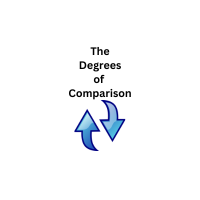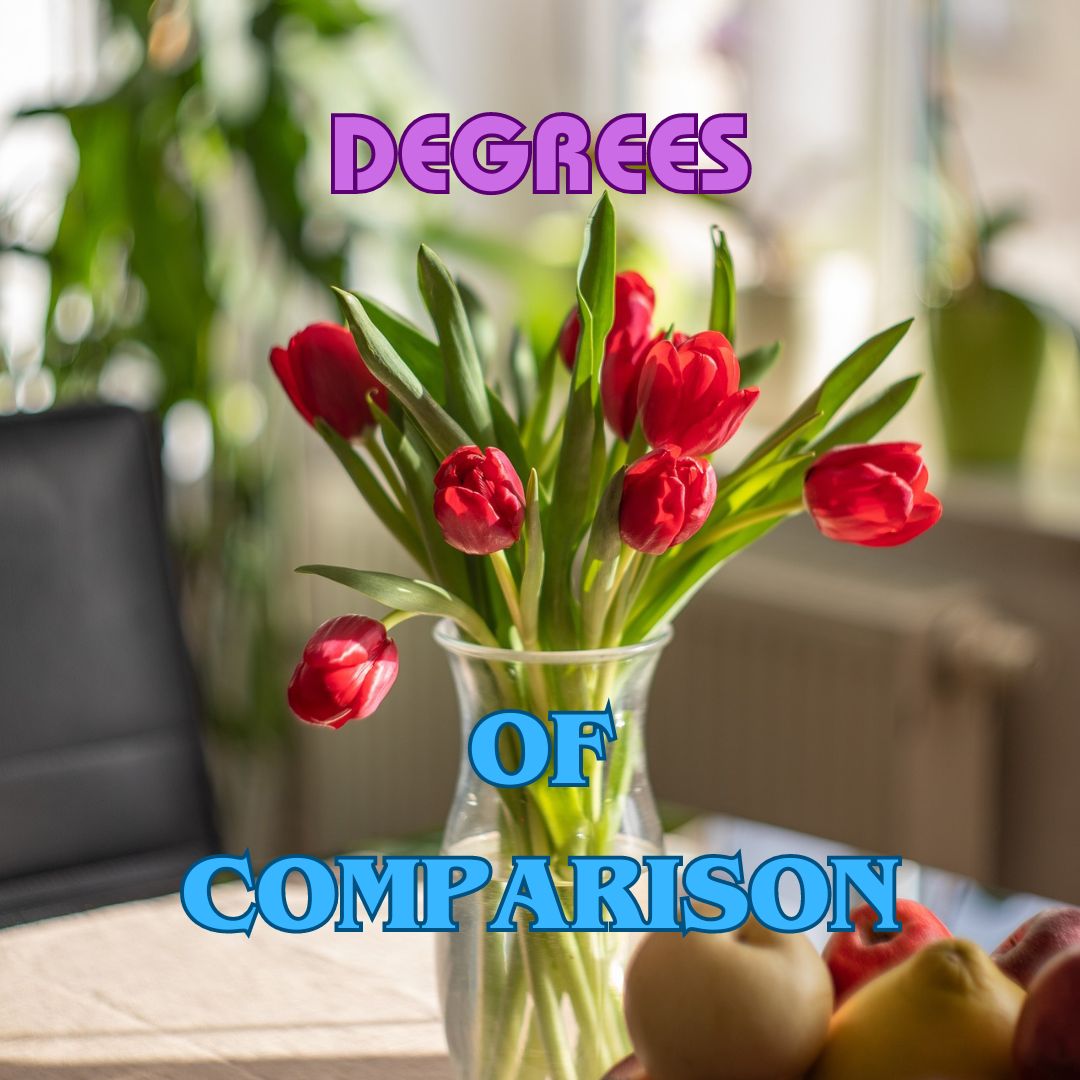Tag: superlative

Adverb Exercises
Adverbs are versatile words that modify verbs, adjectives, or other adverbs, providing more information about how, when, where, or to what extent an action is performed. Adverbs can appear in various positions within a sentence, depending on the emphasis or context. They often come before or after the verb they modify, but they can also be found at the beginning or end of a sentence.

The Degrees of Comparison of Adverbs
Positive degree: The simple form of the adverb without any comparison. Example: She runs fast. Comparative degree: Used to compare two actions, showing a higher or lower degree of the adverb. Example: She runs faster than him. Superlative degree: Used to compare one action to all others in a group, showing the highest or lowest degree of the adverb. Example: She runs (the) fastest in the team.

Degrees of Comparison of the Adjectives
Adjectives form three degrees of comparison to compare the qualities of the objects. There is no comparison when Adjectives are in the positive degree. It is the main form of Adjectives and they do not have special ending in this degree.